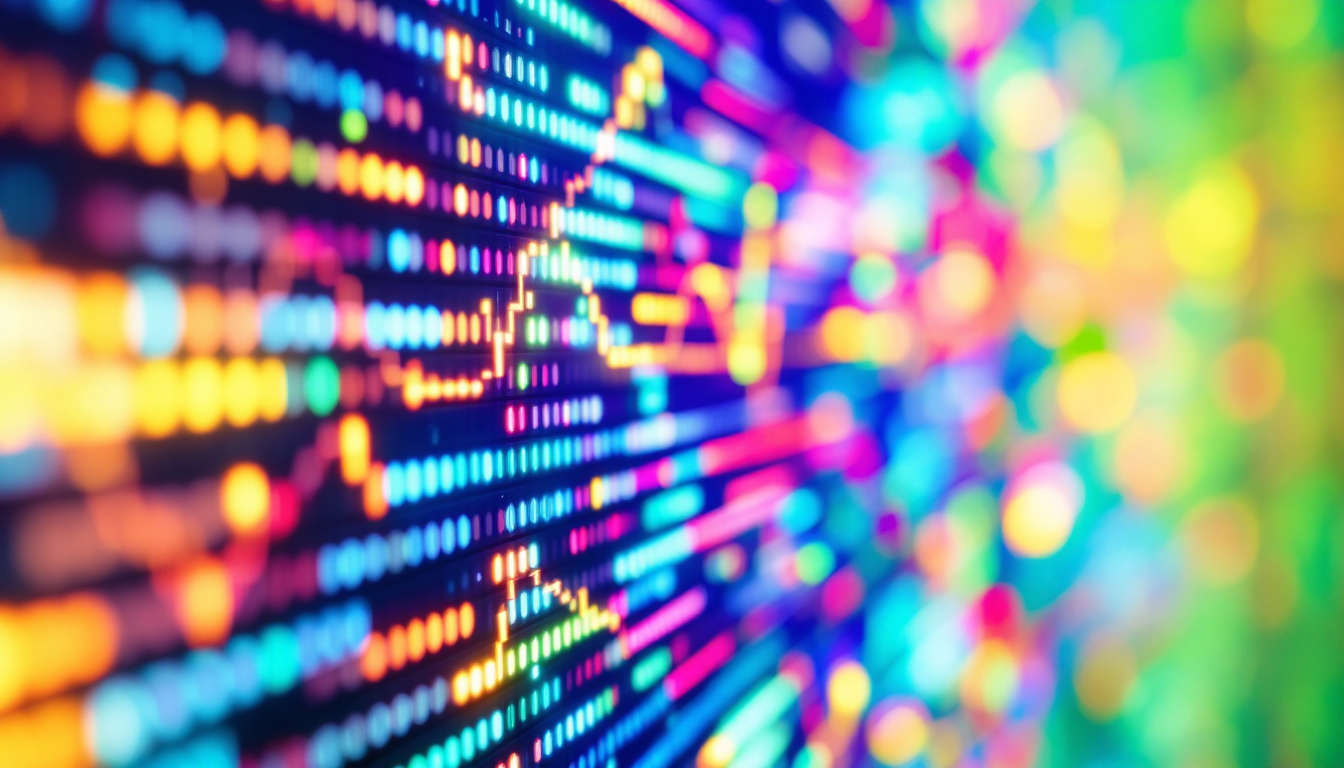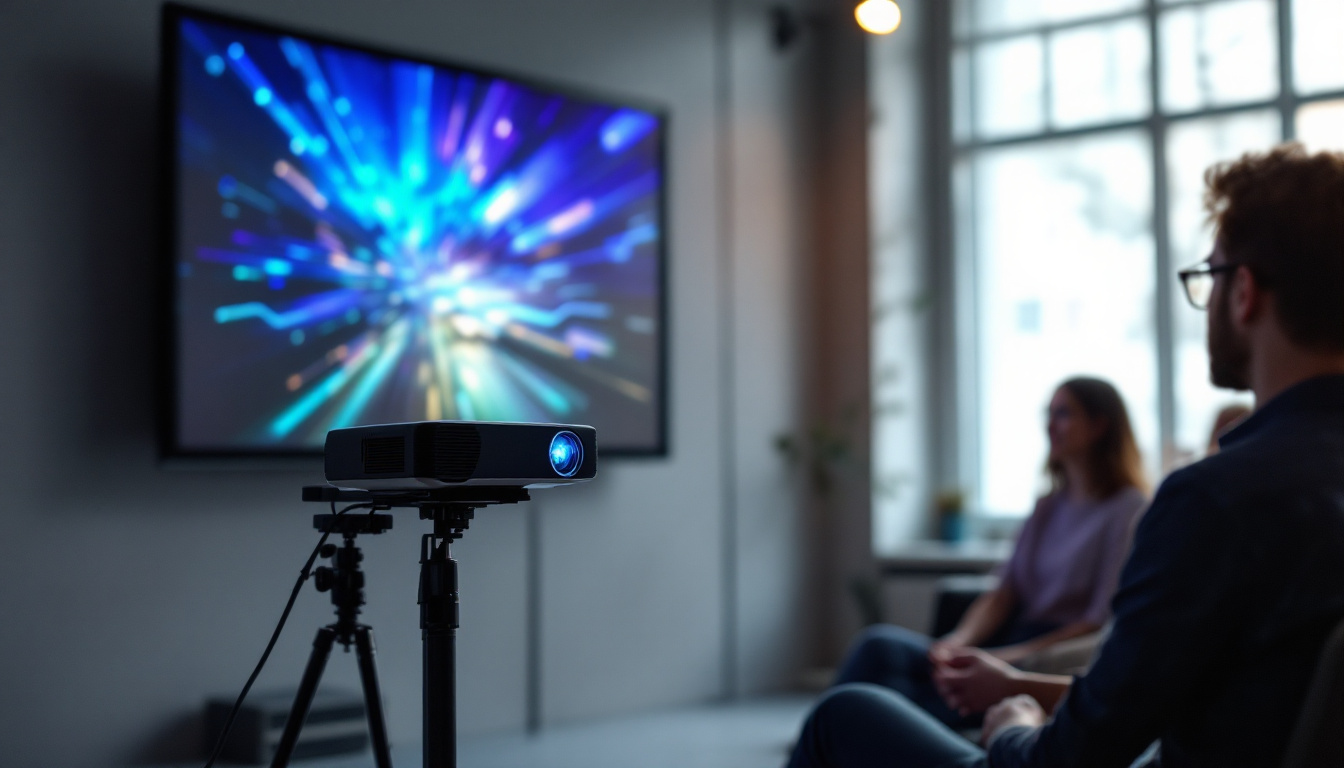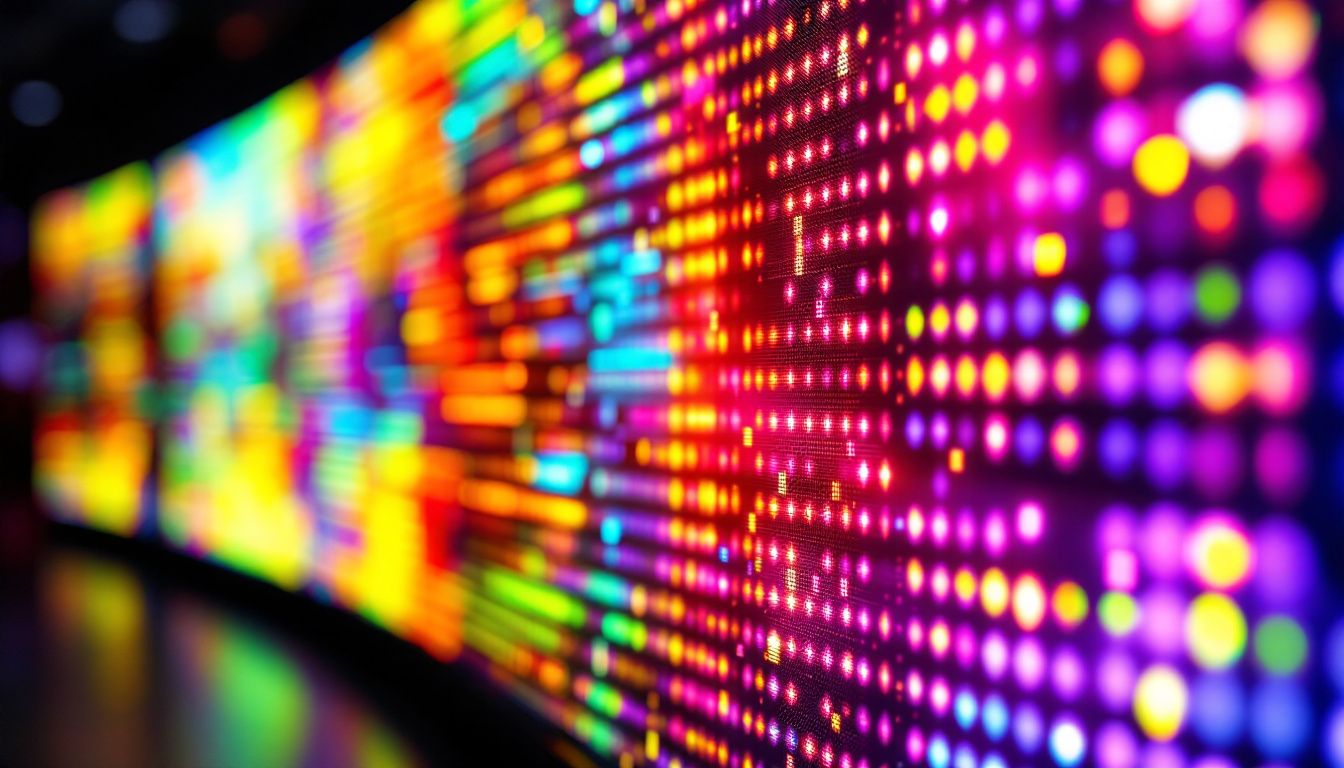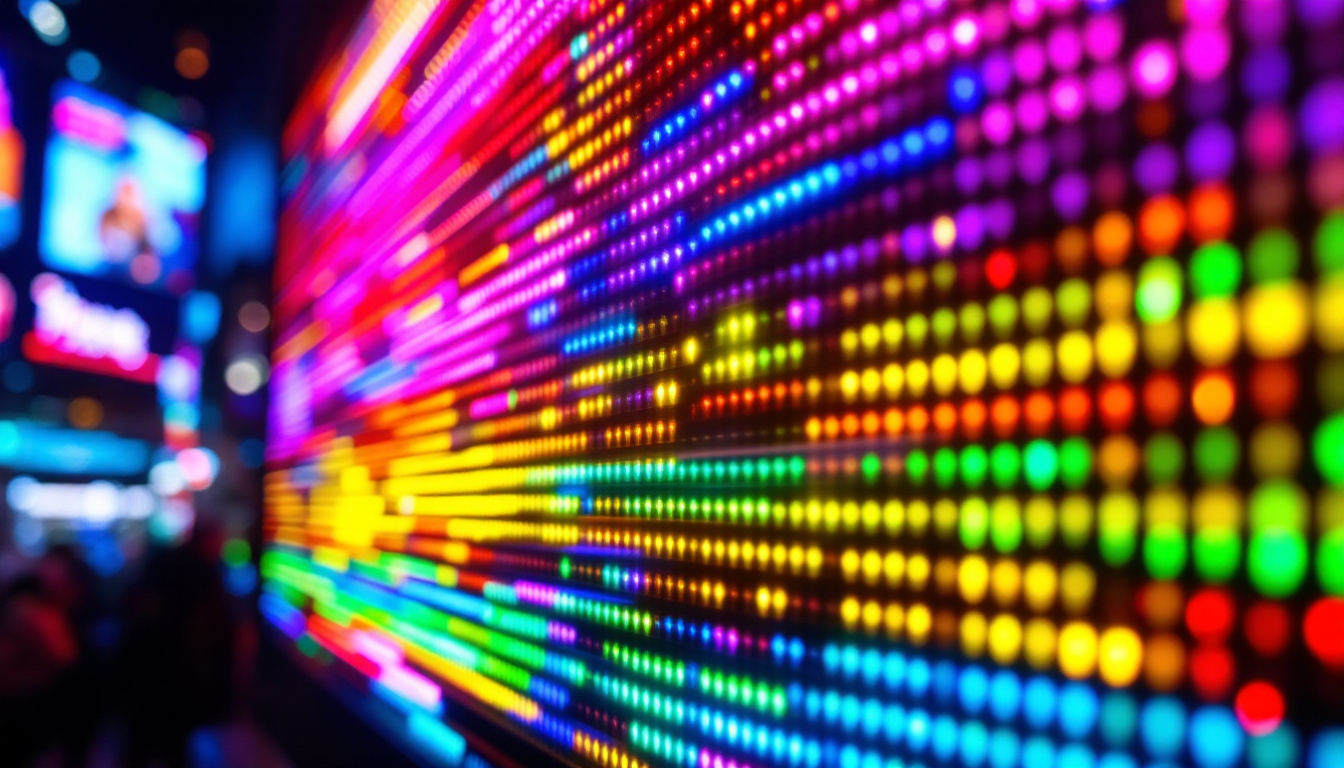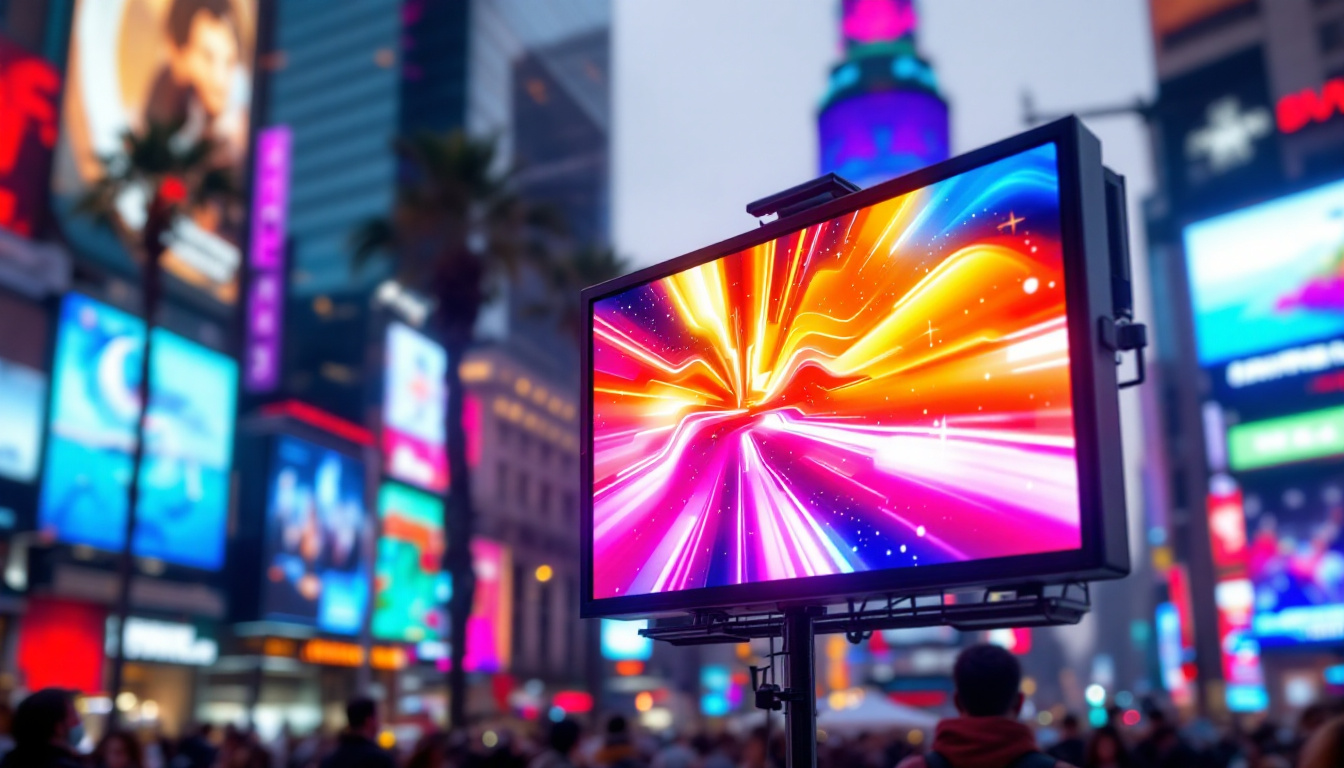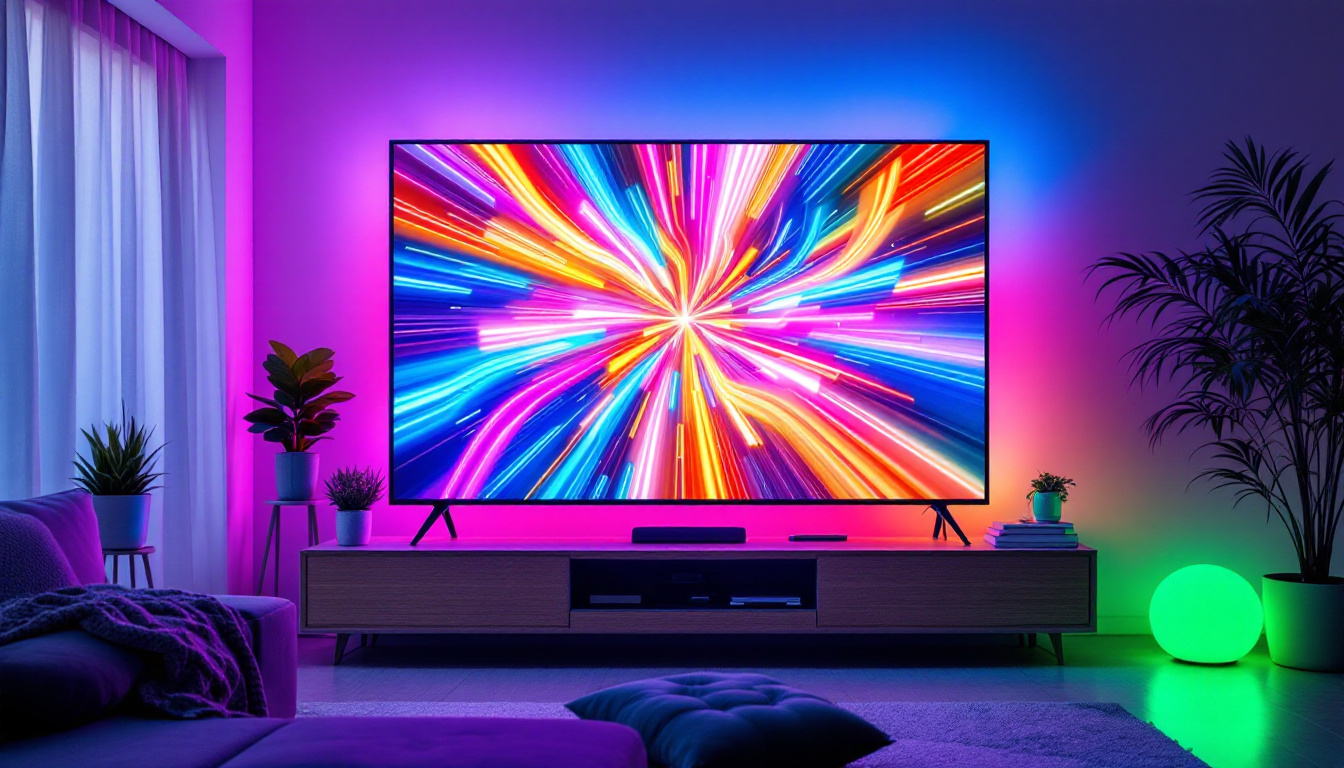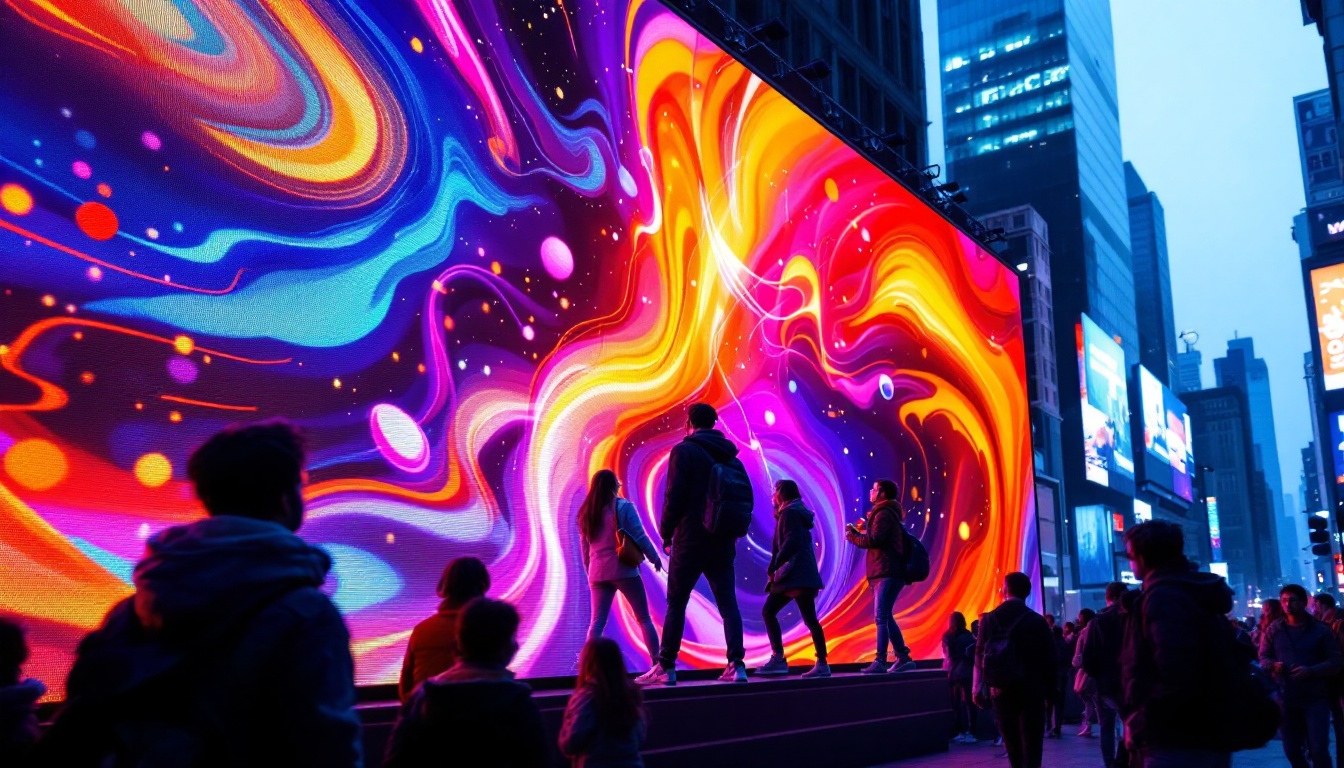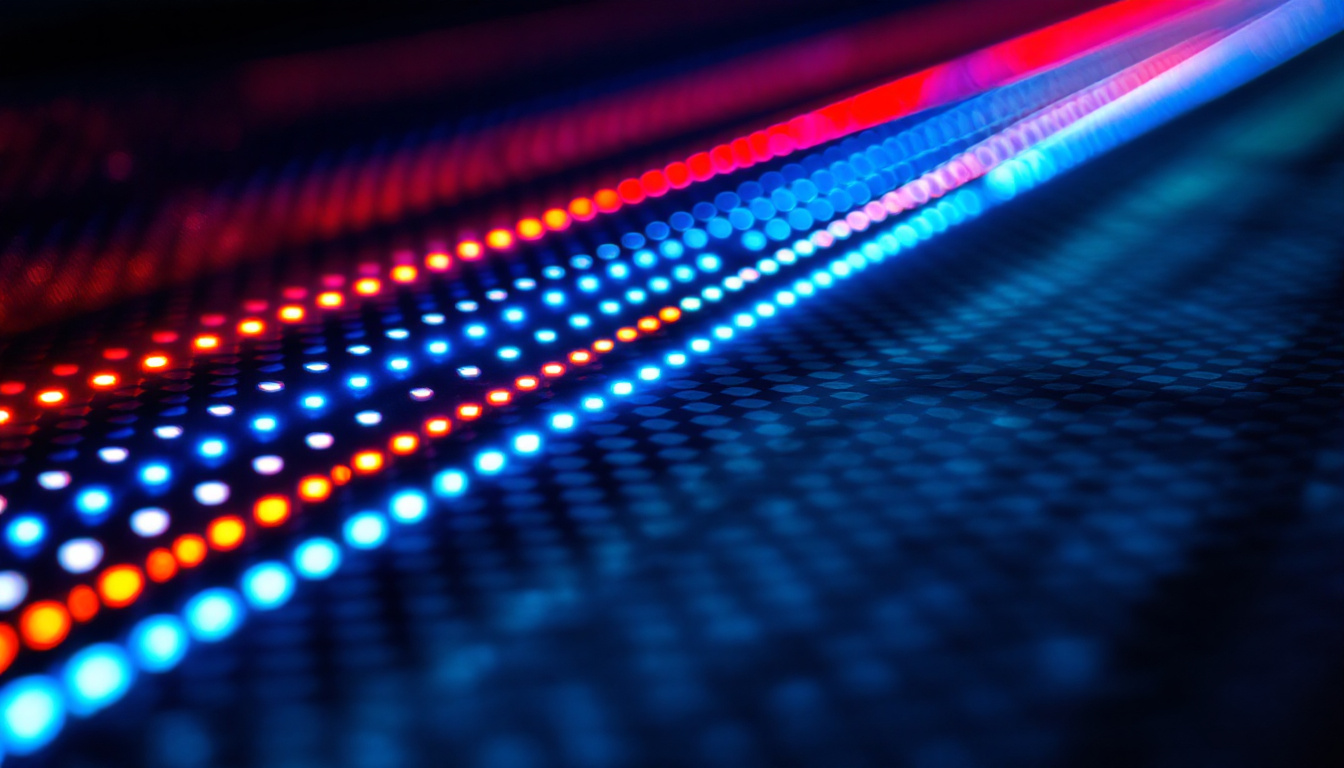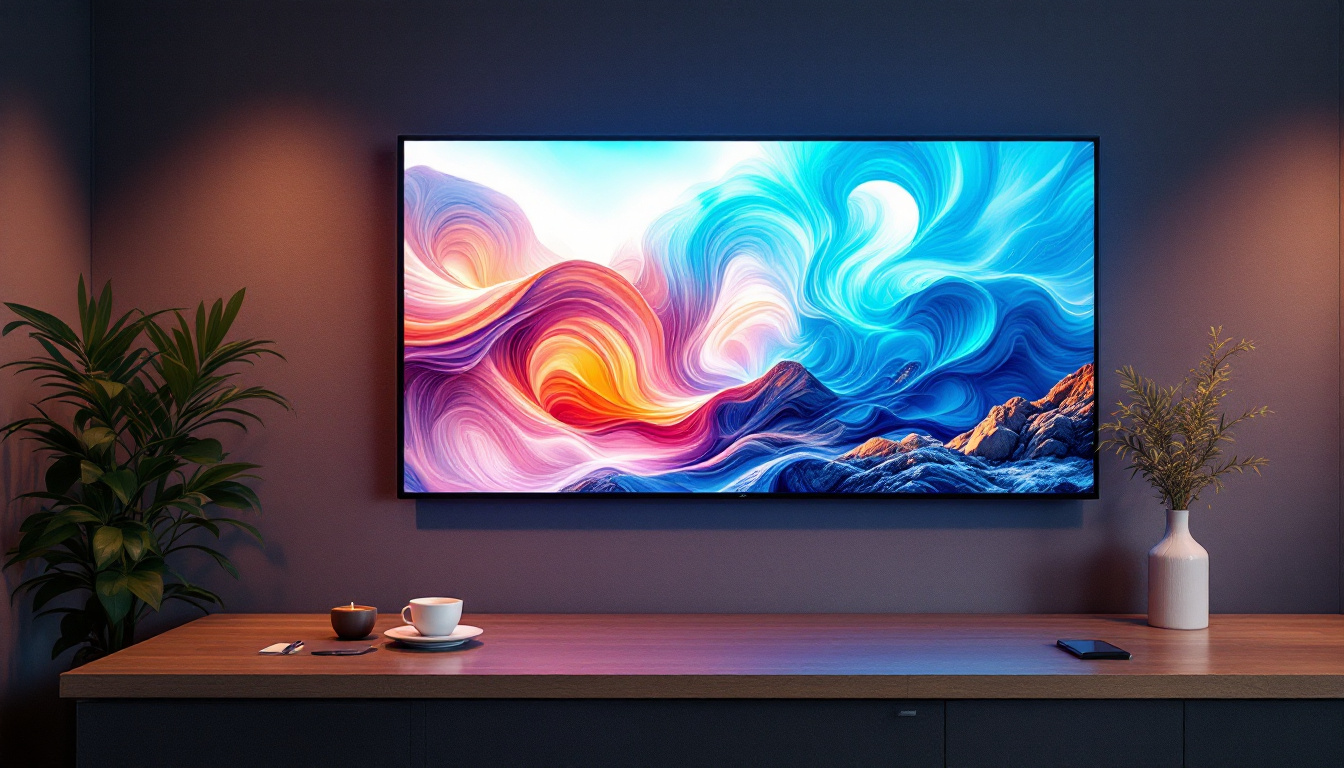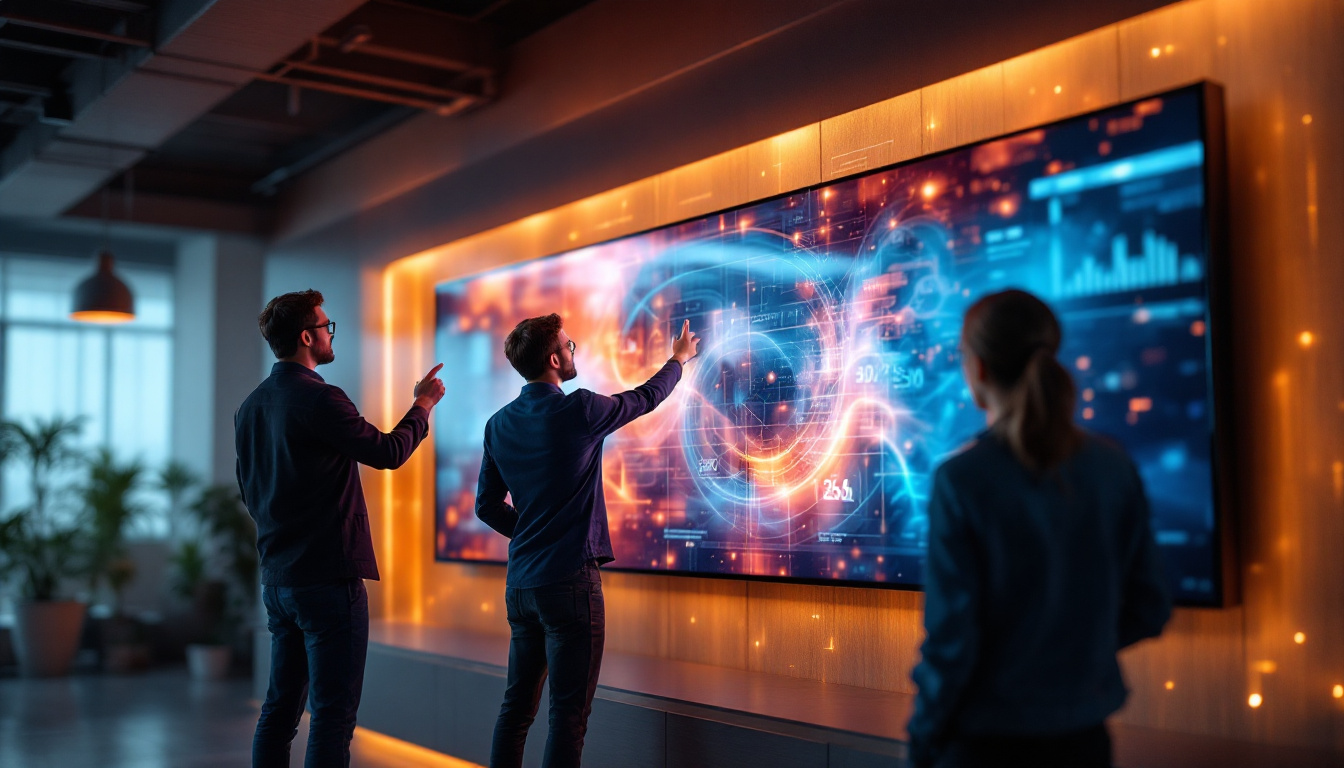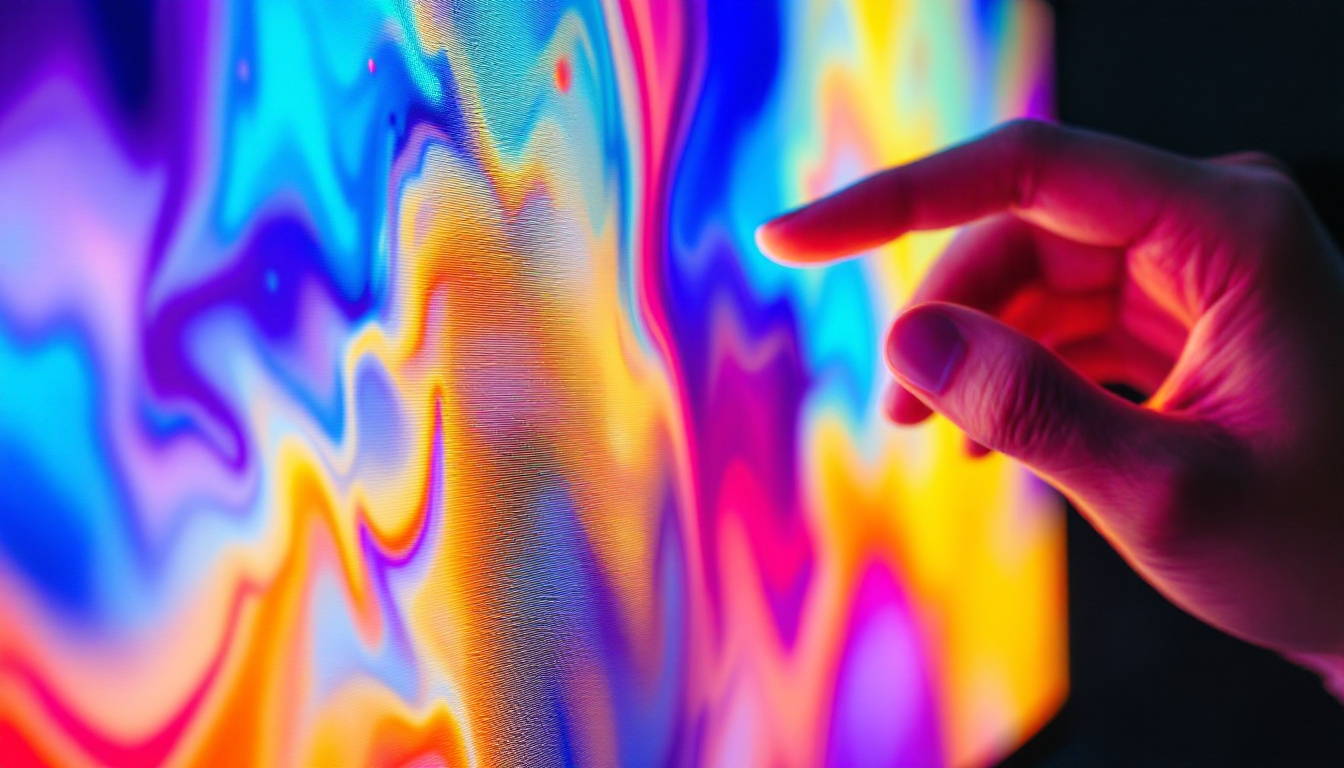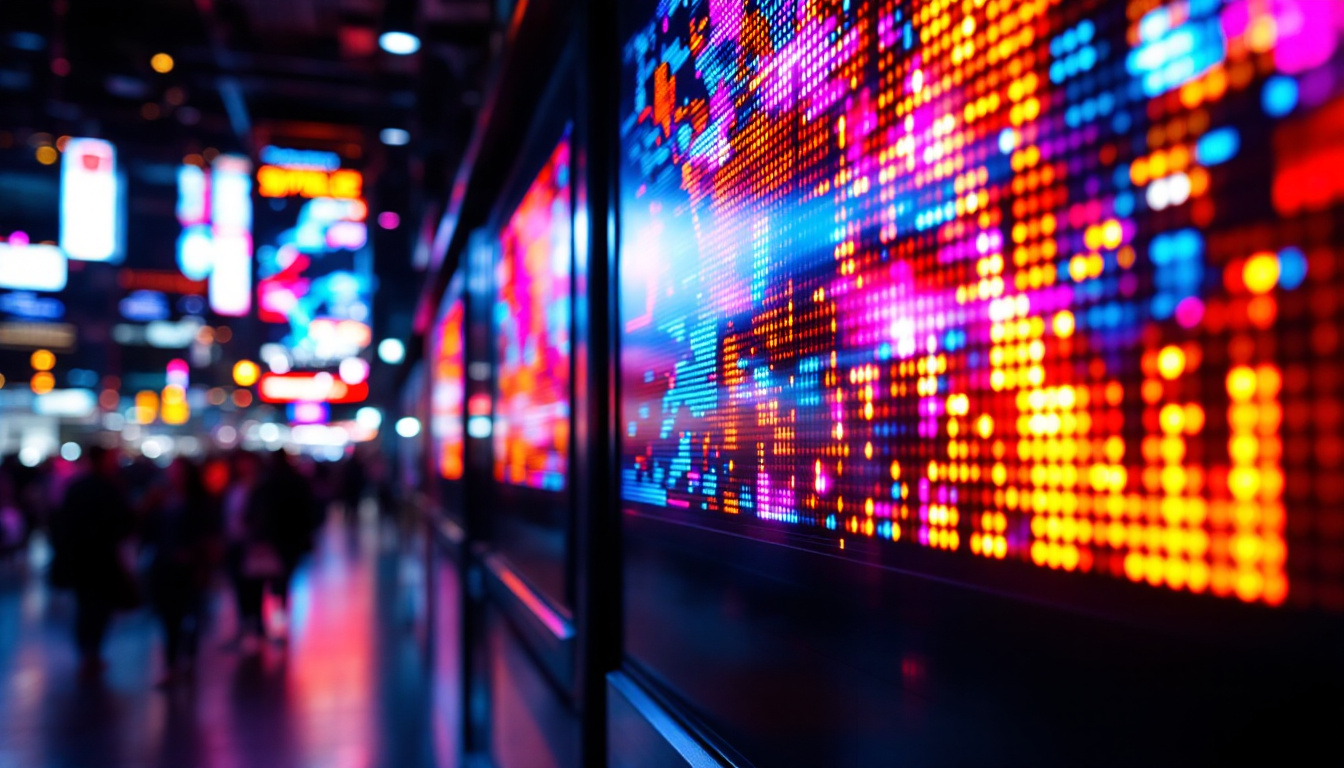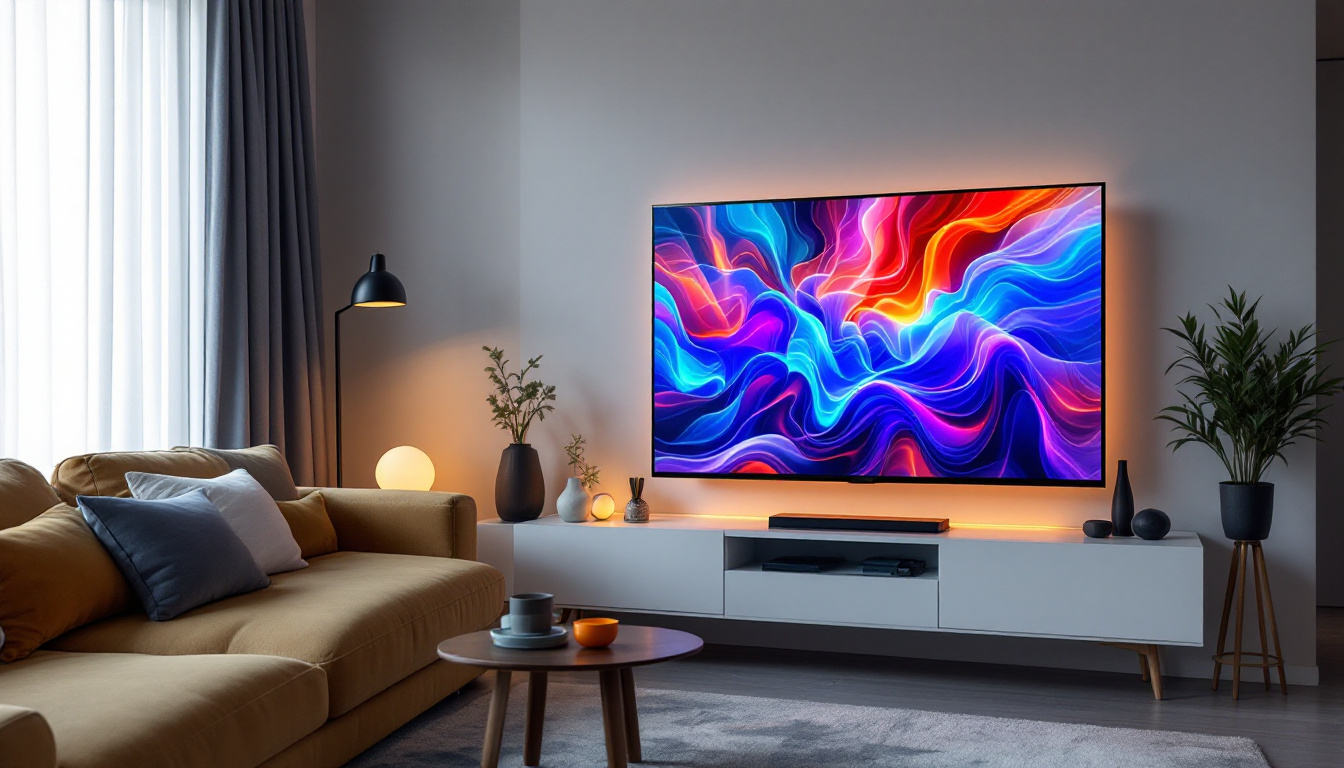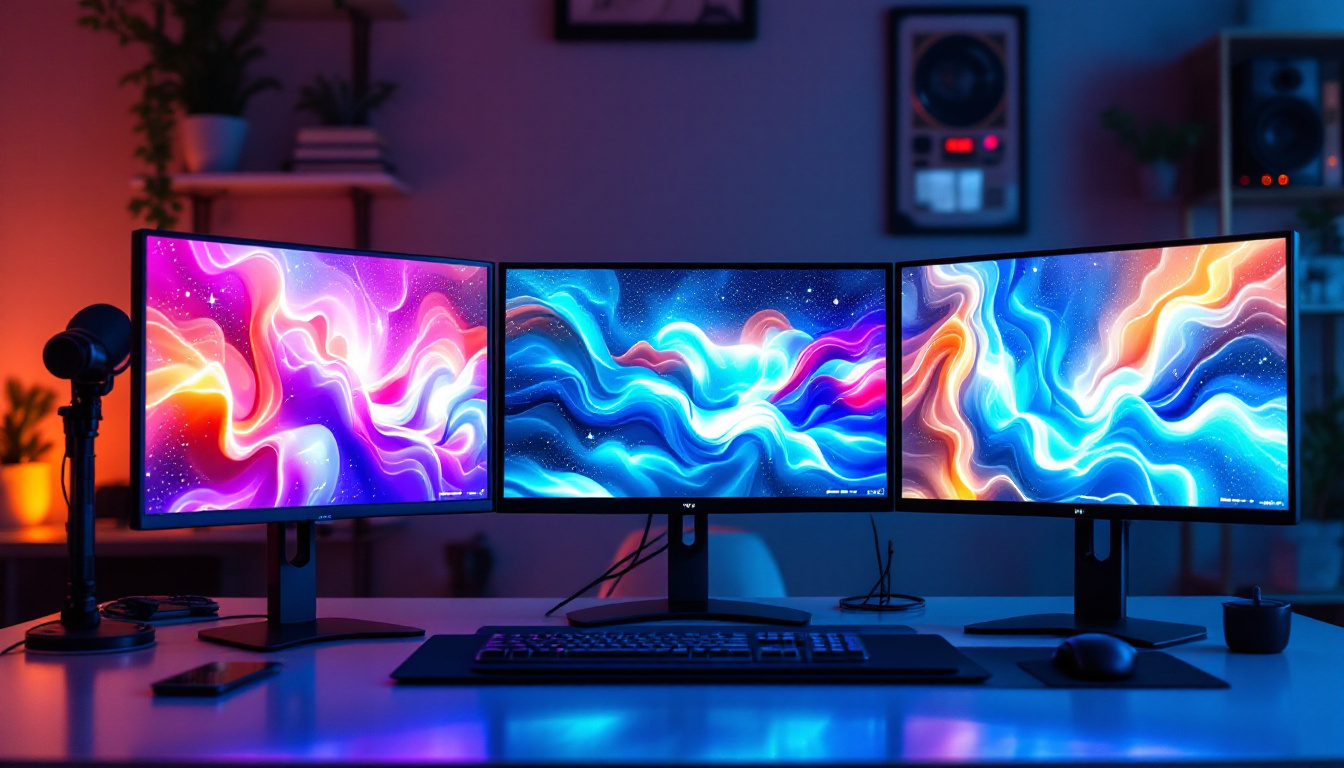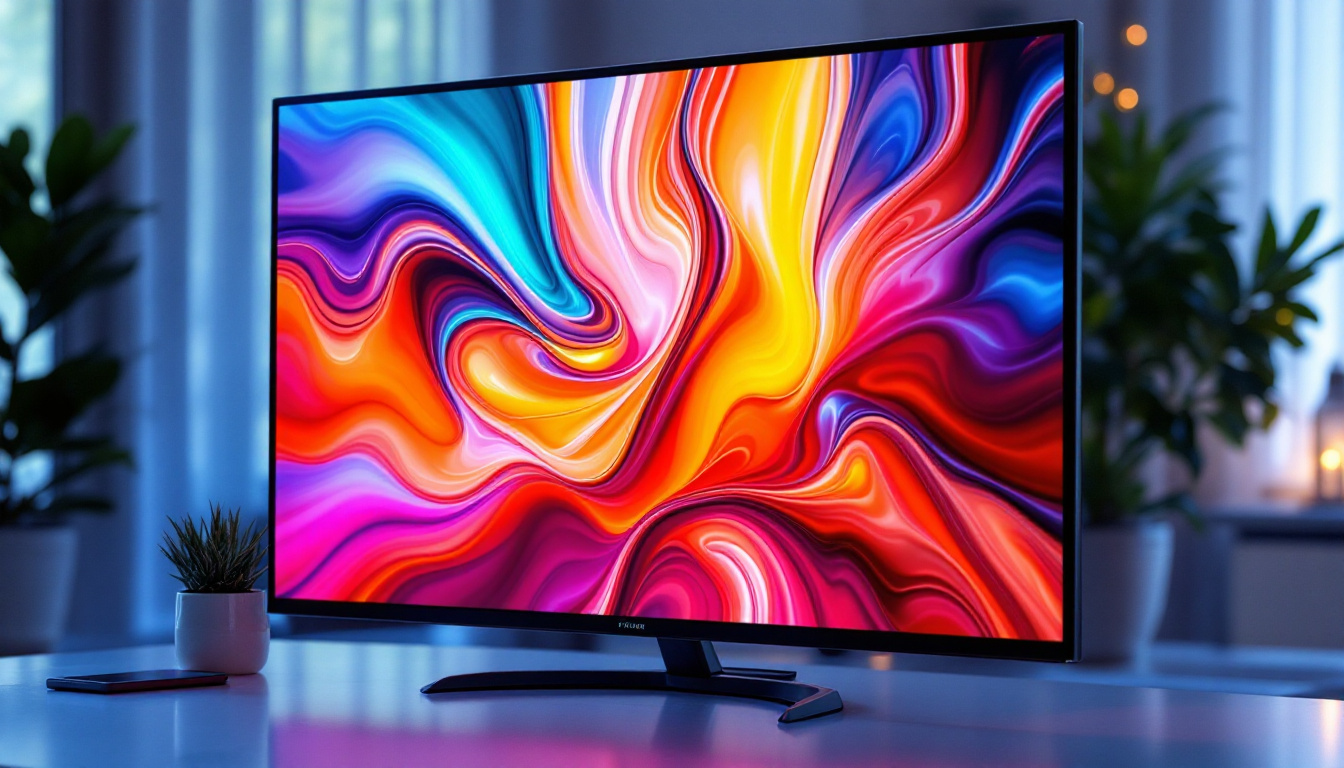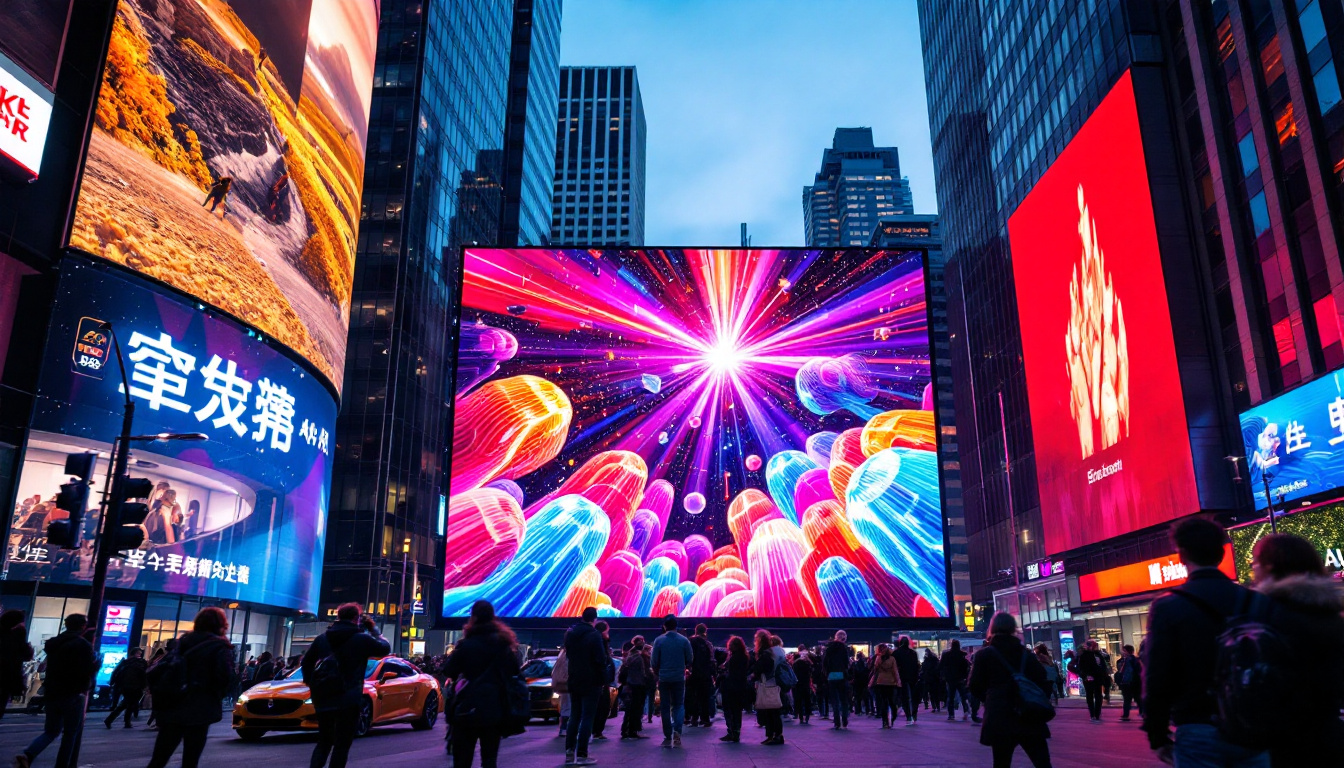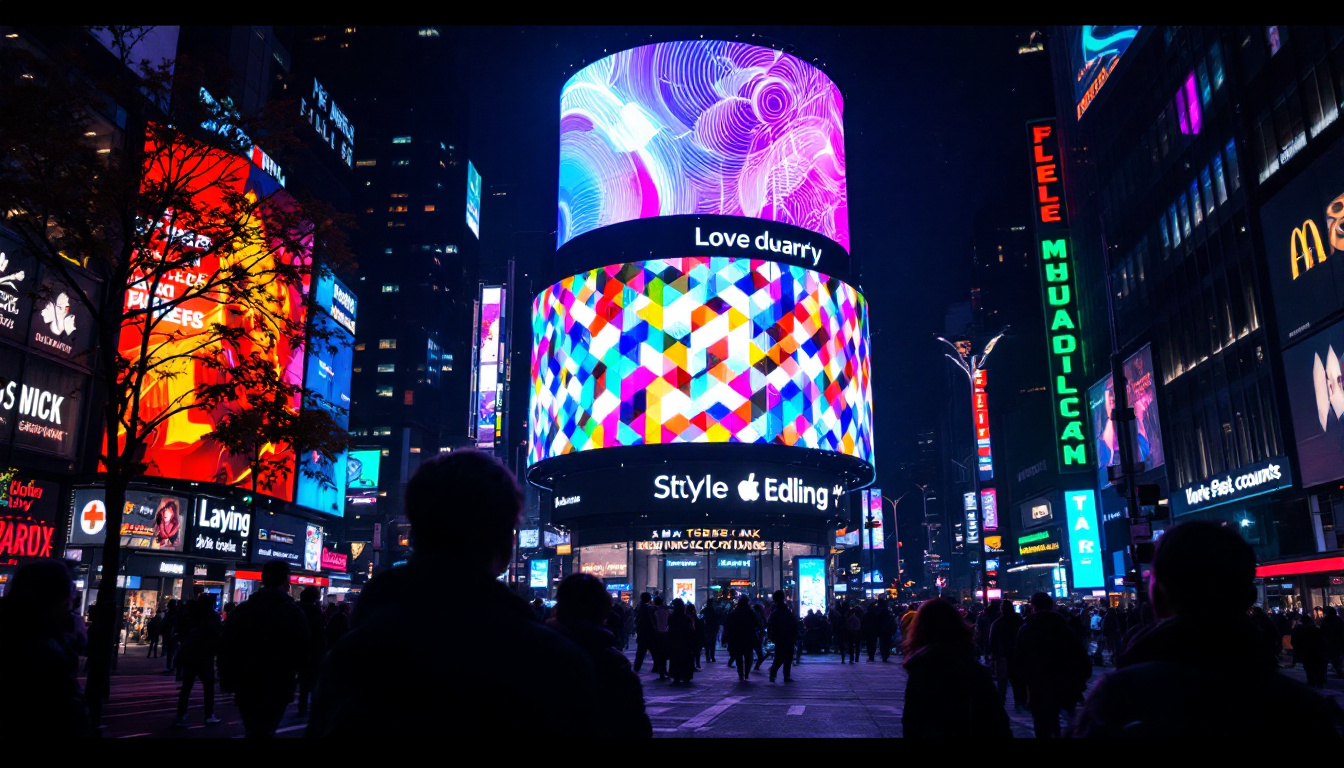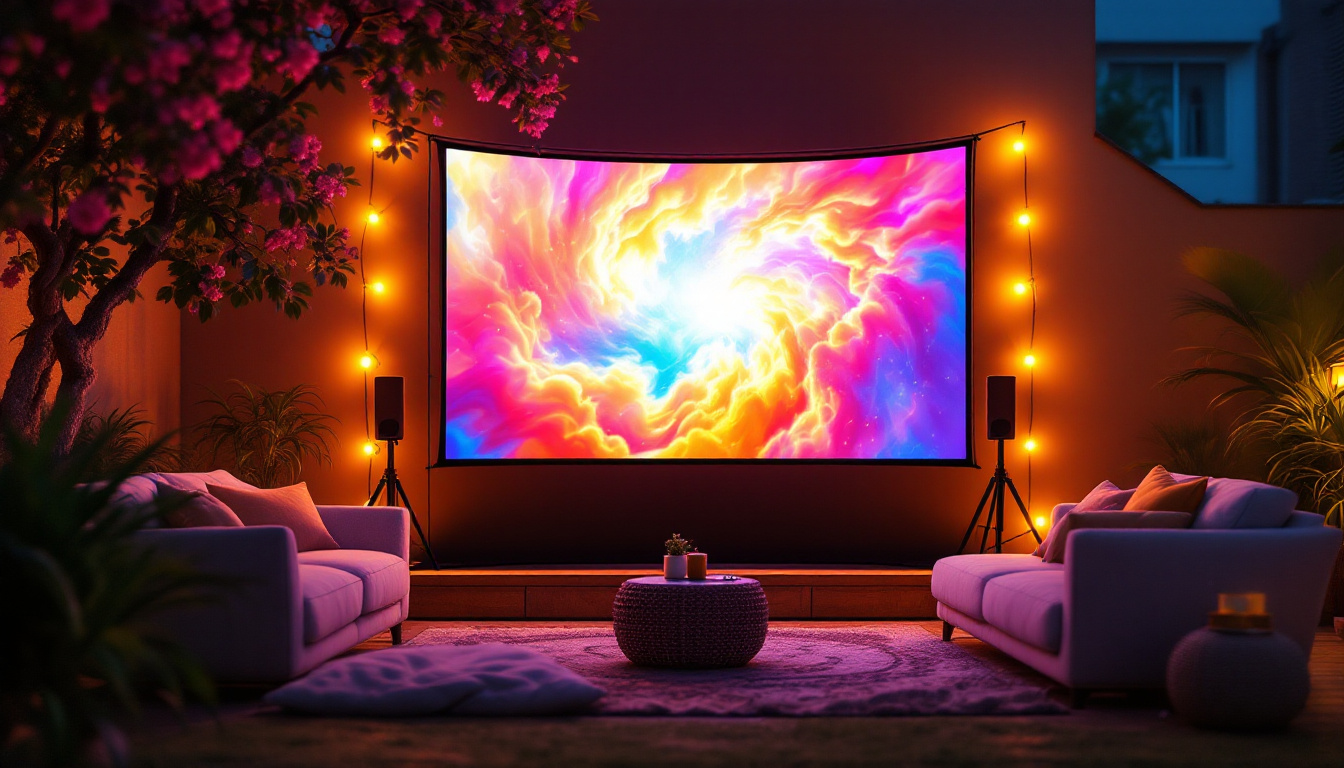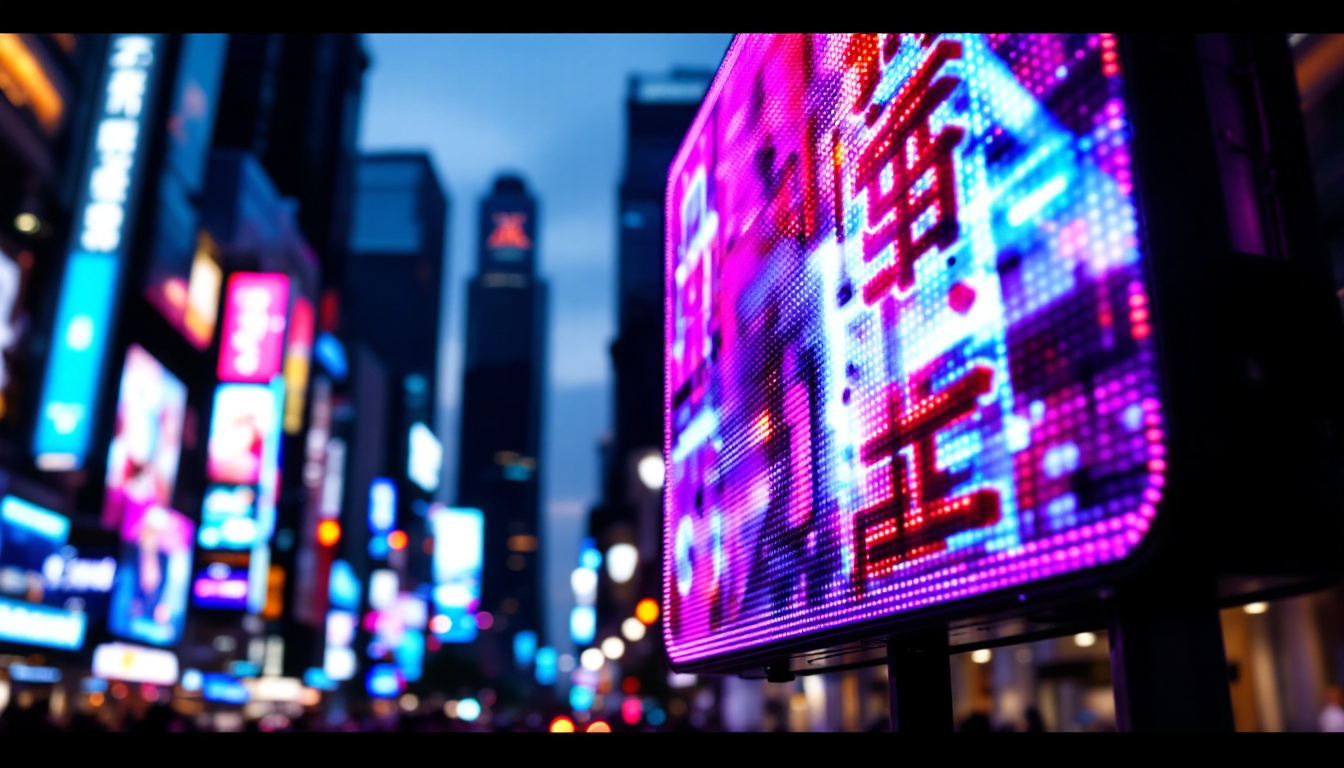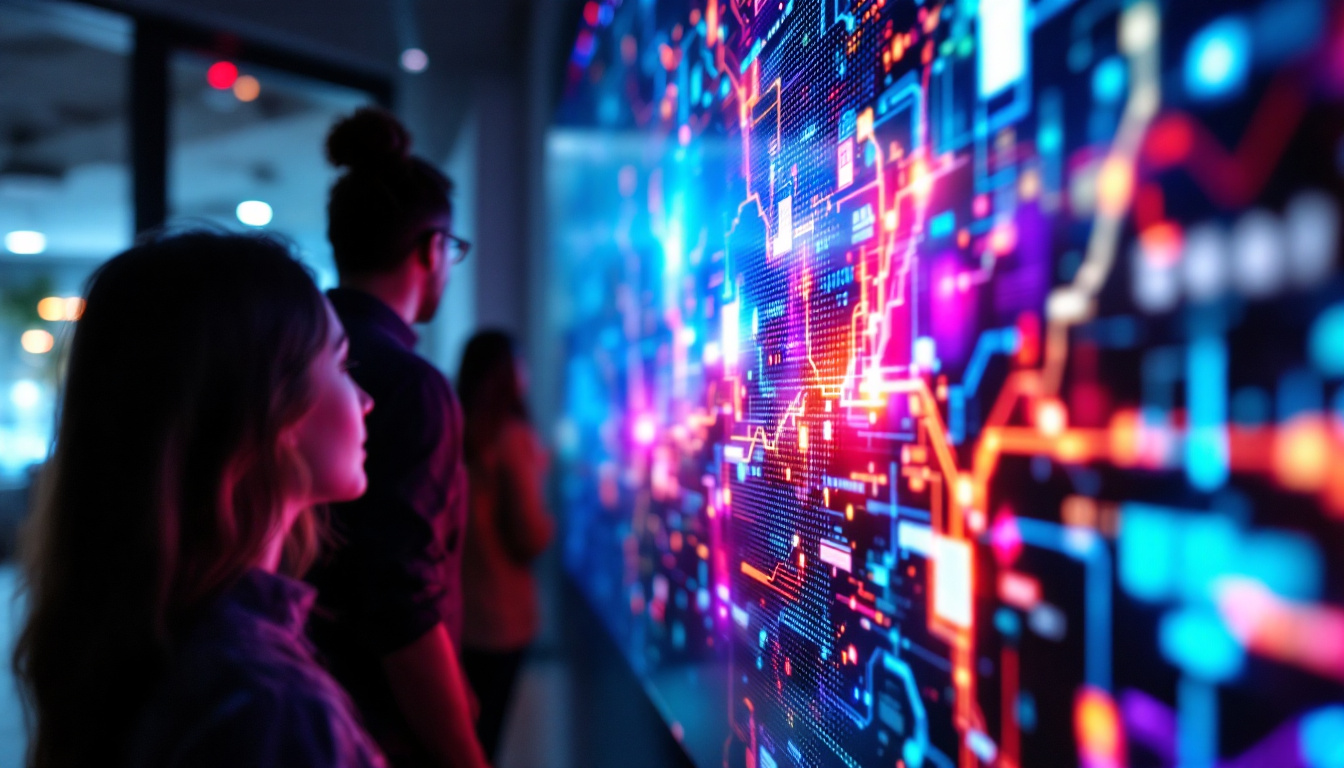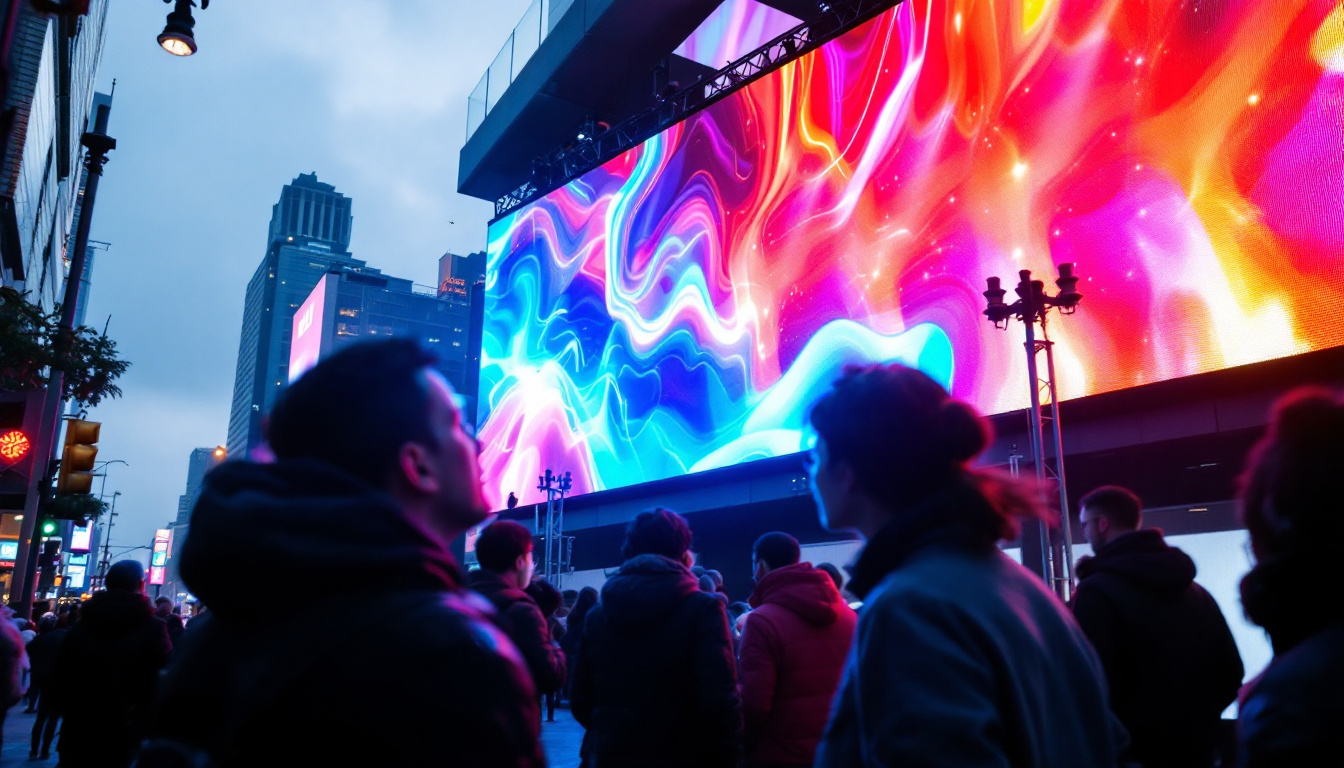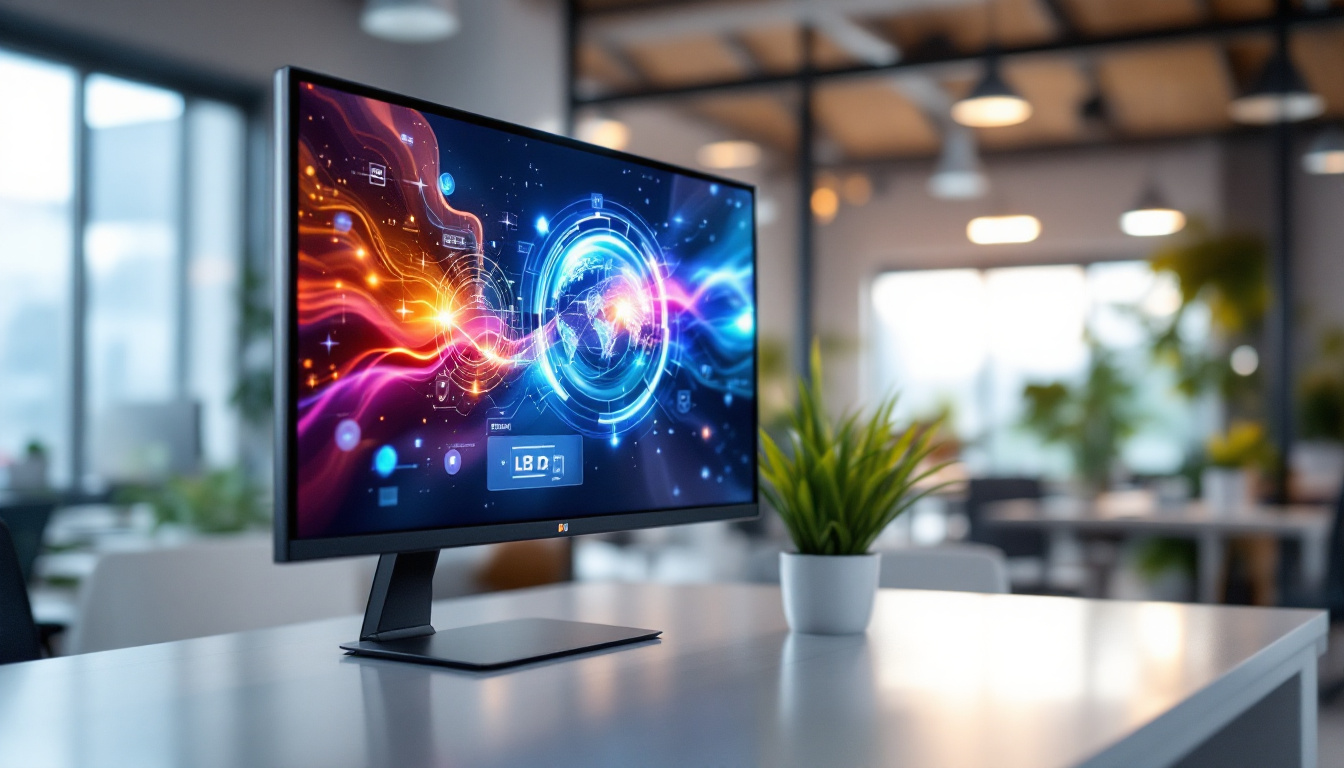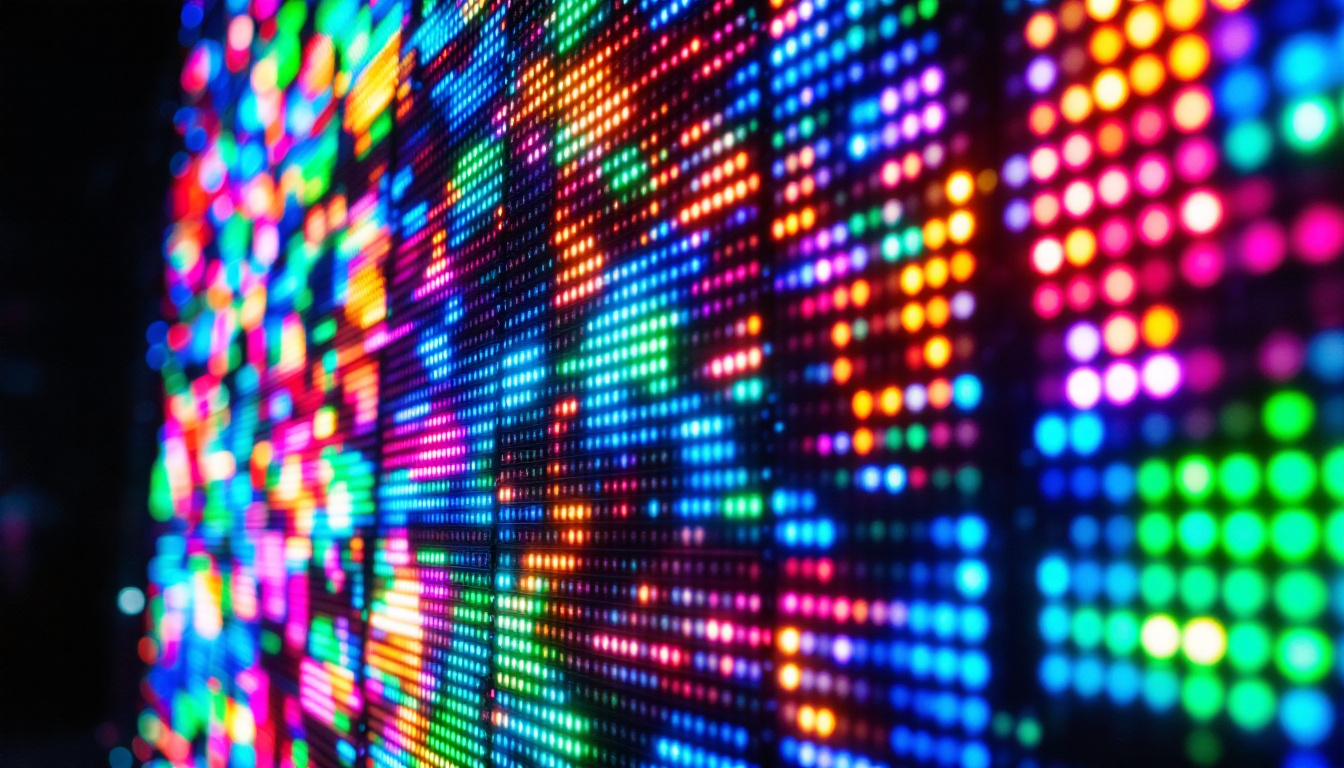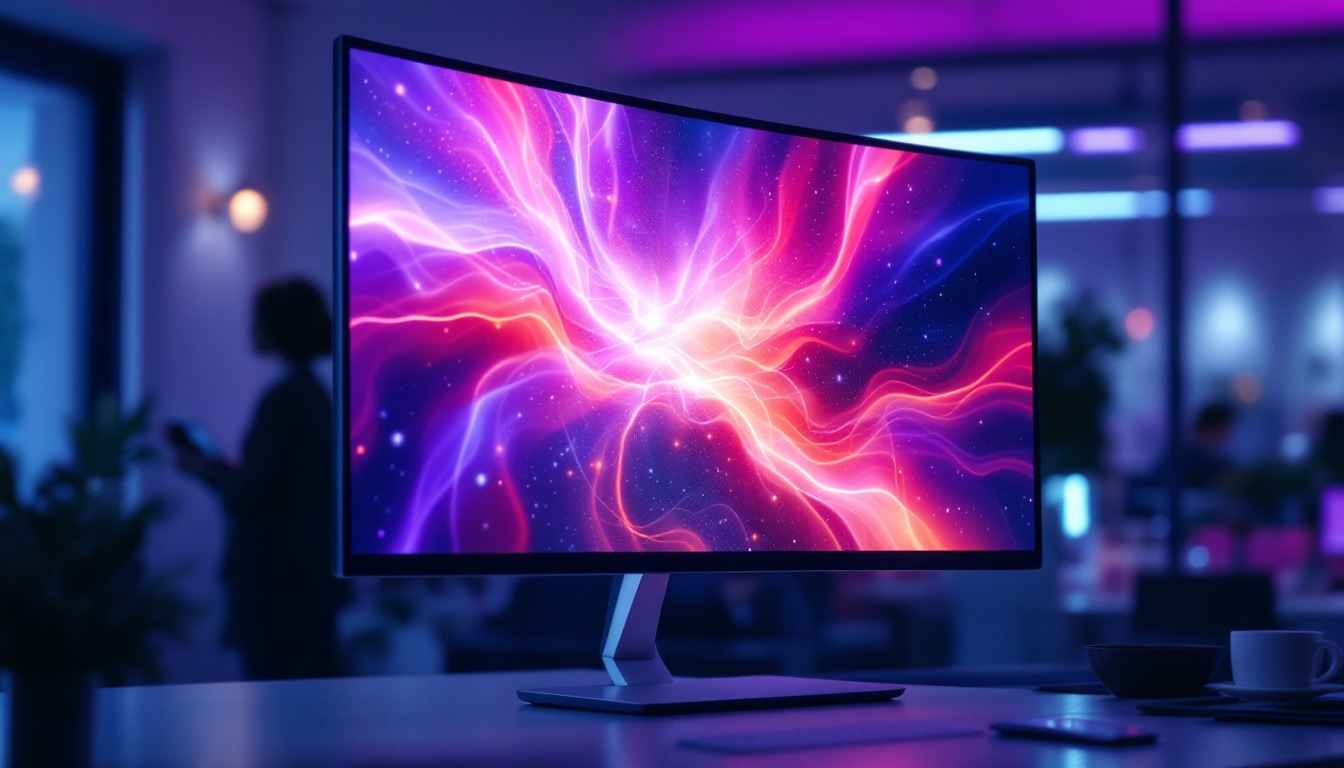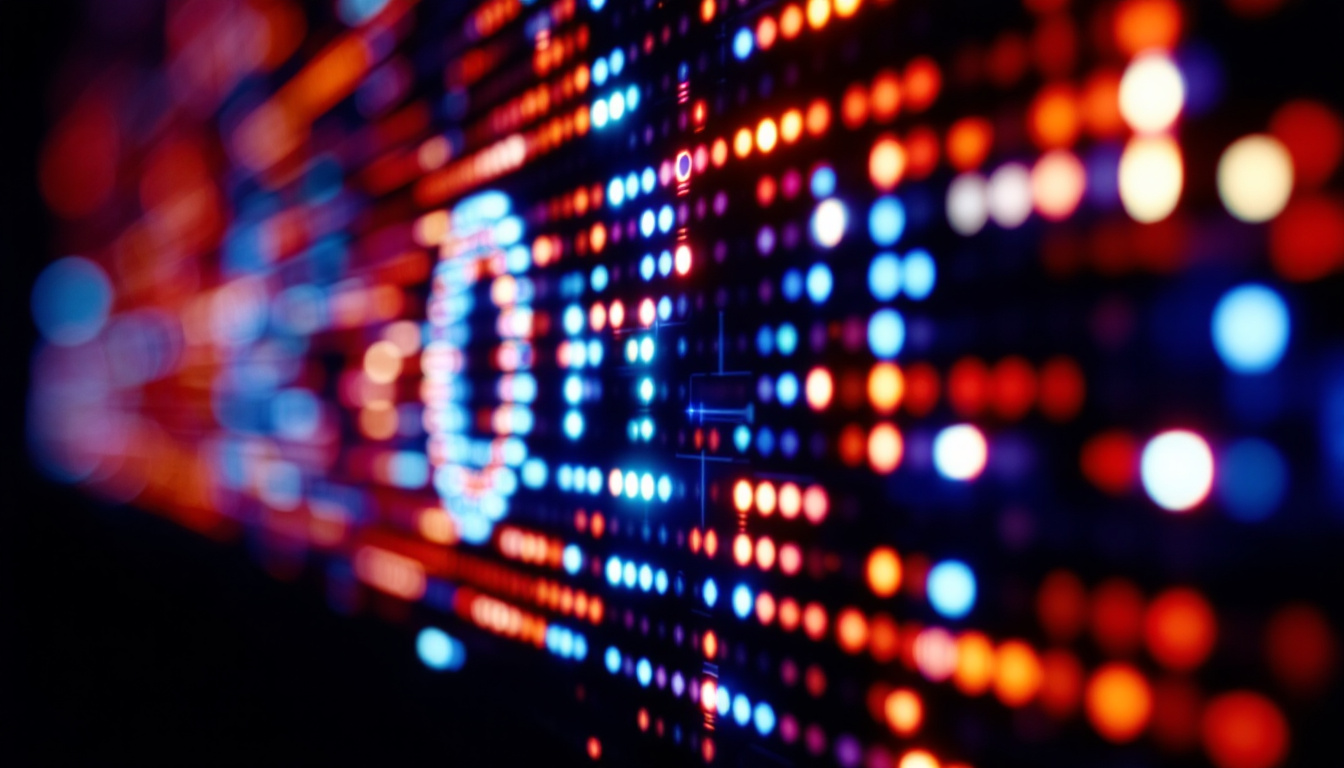In the realm of digital displays, pixel art LED displays have emerged as a captivating medium that marries technology with creativity. These displays are not just functional; they are a canvas for artistic expression, transforming the way information is presented and experienced. This article delves into the intricacies of pixel art LED displays, exploring their technology, applications, and the artistic possibilities they offer.
Understanding Pixel Art LED Displays
Pixel art LED displays are characterized by their unique ability to showcase images and animations through a grid of small LED lights. Each pixel in the display is an individual LED that can be lit in various colors, allowing for intricate designs and vibrant visuals. This technology is rooted in the principles of digital imaging, where each pixel contributes to the overall picture. The charm of pixel art lies in its nostalgic aesthetic, reminiscent of early video games and digital art, which has seen a resurgence in popularity in recent years.
The Technology Behind LED Displays
At the core of pixel art LED displays lies the LED (Light Emitting Diode) technology. LEDs are semiconductor devices that emit light when an electric current passes through them. This allows for energy-efficient lighting solutions that can produce a wide spectrum of colors. The arrangement of these LEDs in a grid format enables the creation of detailed images and animations. Moreover, the durability of LEDs ensures that these displays can withstand various environmental conditions, making them ideal for both permanent installations and temporary setups.
Modern pixel art LED displays often utilize RGB (Red, Green, Blue) LEDs, which can be mixed to create virtually any color. This color mixing capability is crucial for achieving the vibrant hues that pixel art is known for. Furthermore, advancements in LED technology have led to increased brightness and improved resolution, making these displays suitable for both indoor and outdoor use. The integration of smart technology into these displays allows for dynamic content management, enabling artists and advertisers to update visuals in real-time, thus enhancing engagement and interaction with audiences.
Resolution and Pixel Density
Resolution in the context of LED displays refers to the number of pixels per unit area, typically measured in pixels per inch (PPI). Higher pixel density results in sharper images and finer details, which are essential for pixel art. When designing a display, it’s important to consider the intended viewing distance; displays meant for close viewing require higher resolutions to maintain clarity. Additionally, the pixel pitch, which is the distance between the centers of two adjacent pixels, plays a critical role in determining the resolution and overall visual experience.
For instance, a pixel art LED display intended for a gallery or exhibition might have a higher pixel density compared to one used for outdoor advertising. The choice of resolution impacts not only the visual quality but also the overall cost and complexity of the display system. In recent years, the trend has shifted towards ultra-high-definition displays, which boast pixel densities that can exceed 300 PPI, allowing for breathtaking detail that can captivate viewers even from afar. This evolution in technology not only enhances the artistic expression of pixel art but also opens up new avenues for creative storytelling and immersive experiences, making pixel art LED displays a powerful medium in the digital age.
Applications of Pixel Art LED Displays
The versatility of pixel art LED displays allows them to be used in a wide range of applications. From artistic installations to commercial advertising, these displays have found their niche in various sectors. Below are some notable applications that highlight their capabilities.
Art Installations and Exhibitions
Pixel art LED displays have become increasingly popular in the art world, serving as dynamic canvases for artists to showcase their work. These displays can bring static images to life through animation, creating immersive experiences for viewers. Artists can experiment with pixelation techniques, color palettes, and motion to convey their artistic vision.
Exhibitions featuring pixel art LED displays often attract large crowds, as the combination of technology and creativity captivates audiences. The interactive nature of these displays allows for audience engagement, as viewers can sometimes influence the visuals through their actions, creating a unique experience each time.
Advertising and Marketing
In the commercial realm, pixel art LED displays have revolutionized advertising strategies. Brands leverage the eye-catching visuals of pixel art to capture consumer attention in crowded marketplaces. The ability to display animated advertisements allows for storytelling that static billboards cannot achieve.
Moreover, pixel art can be tailored to fit the brand’s identity, ensuring consistency across marketing materials. The flexibility of these displays enables businesses to change content quickly, allowing for timely promotions and announcements that resonate with their target audience.
Entertainment and Events
Concerts, festivals, and sporting events have also embraced pixel art LED displays as a means of enhancing the audience experience. These displays can be used as backdrops for performances, providing dynamic visuals that complement the music or event theme. The integration of pixel art into live events adds an extra layer of excitement, engaging attendees in a multisensory experience.
Furthermore, the ability to synchronize visuals with audio tracks allows for a cohesive performance that captivates audiences. This technology has become a staple in modern entertainment, pushing the boundaries of creativity and audience engagement.
The Artistic Potential of Pixel Art
Pixel art itself is a unique form of digital art that draws inspiration from early computer graphics and video games. Its distinct aesthetic, characterized by blocky shapes and limited color palettes, has gained a dedicated following. Pixel art LED displays serve as an ideal medium for this art form, allowing artists to bring their creations to life in vibrant color.
Creating Pixel Art for LED Displays
Designing pixel art for LED displays involves a careful balance of creativity and technical understanding. Artists must consider the limitations of the display, such as resolution and color depth, while also aiming to create visually striking compositions. The process often begins with sketching ideas, followed by digital rendering using specialized software.
Many artists utilize pixel art software that allows for precise control over each pixel, enabling them to craft intricate designs. Once the artwork is complete, it can be uploaded to the LED display system, where it can be animated or programmed for various effects. This process not only showcases the artist’s skill but also highlights the capabilities of the technology.
Collaboration Between Artists and Technologists
The intersection of art and technology has led to exciting collaborations between artists and technologists. These partnerships often result in innovative projects that push the boundaries of both fields. Artists can focus on their creative vision while technologists handle the complexities of display technology, ensuring that the final product is both aesthetically pleasing and technically sound.
Such collaborations have led to the development of interactive installations where viewers can influence the artwork through their movements or actions. This synergy between art and technology opens up new avenues for creativity, making pixel art LED displays a dynamic medium for expression.
Challenges and Considerations
While pixel art LED displays offer numerous advantages, there are also challenges that artists and technologists must navigate. Understanding these challenges is crucial for successful implementation and execution of projects.
Technical Limitations
One of the primary challenges associated with pixel art LED displays is the technical limitations imposed by the hardware. Factors such as resolution, color depth, and brightness can affect the final output. Artists must work within these constraints to ensure that their designs translate effectively onto the display.
Additionally, the calibration of LED displays is essential for achieving accurate color representation. Variations in brightness and color can occur due to environmental factors or aging of the LEDs, necessitating regular maintenance and adjustments to maintain visual quality.
Cost Considerations
The investment required for pixel art LED displays can be significant, particularly for high-resolution models. Costs can include not only the display itself but also the necessary software, installation, and ongoing maintenance. Organizations must weigh these costs against the potential benefits, such as increased engagement and visibility.
For artists and businesses looking to incorporate pixel art LED displays, exploring different options and configurations can help find a balance between quality and budget. Renting displays for temporary installations or exploring smaller-scale projects can also be viable alternatives.
The Future of Pixel Art LED Displays
The future of pixel art LED displays looks promising, with advancements in technology continually expanding their capabilities. As LED technology evolves, displays are becoming more energy-efficient, brighter, and capable of higher resolutions. This evolution opens up new possibilities for artists and businesses alike.
Integration with Emerging Technologies
The integration of pixel art LED displays with emerging technologies such as augmented reality (AR) and virtual reality (VR) holds exciting potential. These technologies can enhance the viewing experience, allowing for interactive elements that engage audiences in novel ways. Imagine a pixel art installation that responds to viewer movements or incorporates AR elements to create a layered experience.
Such innovations could redefine how pixel art is experienced, blurring the lines between digital and physical worlds. As artists and technologists continue to explore these intersections, the possibilities for creative expression will only expand.
Sustainability and Eco-Friendly Practices
As environmental concerns grow, the demand for sustainable practices in technology is becoming increasingly important. The LED industry is already making strides in this direction, with energy-efficient designs and recyclable materials. Future developments may focus on reducing the environmental impact of manufacturing and disposal processes.
Artists and organizations can also adopt eco-friendly practices by utilizing energy-efficient displays and minimizing waste in their projects. By prioritizing sustainability, the pixel art community can contribute to a greener future while continuing to push the boundaries of creativity.
Conclusion
Pixel art LED displays represent a fascinating convergence of technology and artistic expression. Their ability to transform static images into dynamic visual experiences has captured the imagination of artists, businesses, and audiences alike. As the technology continues to evolve, so too will the opportunities for creative exploration and innovation.
Whether used in art installations, advertising, or entertainment, pixel art LED displays have proven to be a versatile and engaging medium. By understanding the underlying technology, applications, and challenges, artists and technologists can harness the full potential of this captivating display format. The future holds exciting possibilities, and the journey of pixel art LED displays is just beginning.
Illuminate Your Vision with LumenMatrix
Ready to bring your creative concepts to life with unparalleled vibrancy? LumenMatrix is at the forefront of LED display innovation, offering an extensive array of solutions that cater to your unique needs. From Indoor and Outdoor LED Wall Displays to specialized options like Vehicle, Sports, and Floor LED Displays, our technology is designed to make your brand shine. Embrace the future of visual storytelling with our Custom, All-in-One, and Transparent LED Displays. Check out LumenMatrix LED Display Solutions today and transform your ideas into mesmerizing visual experiences that engage and inspire.

